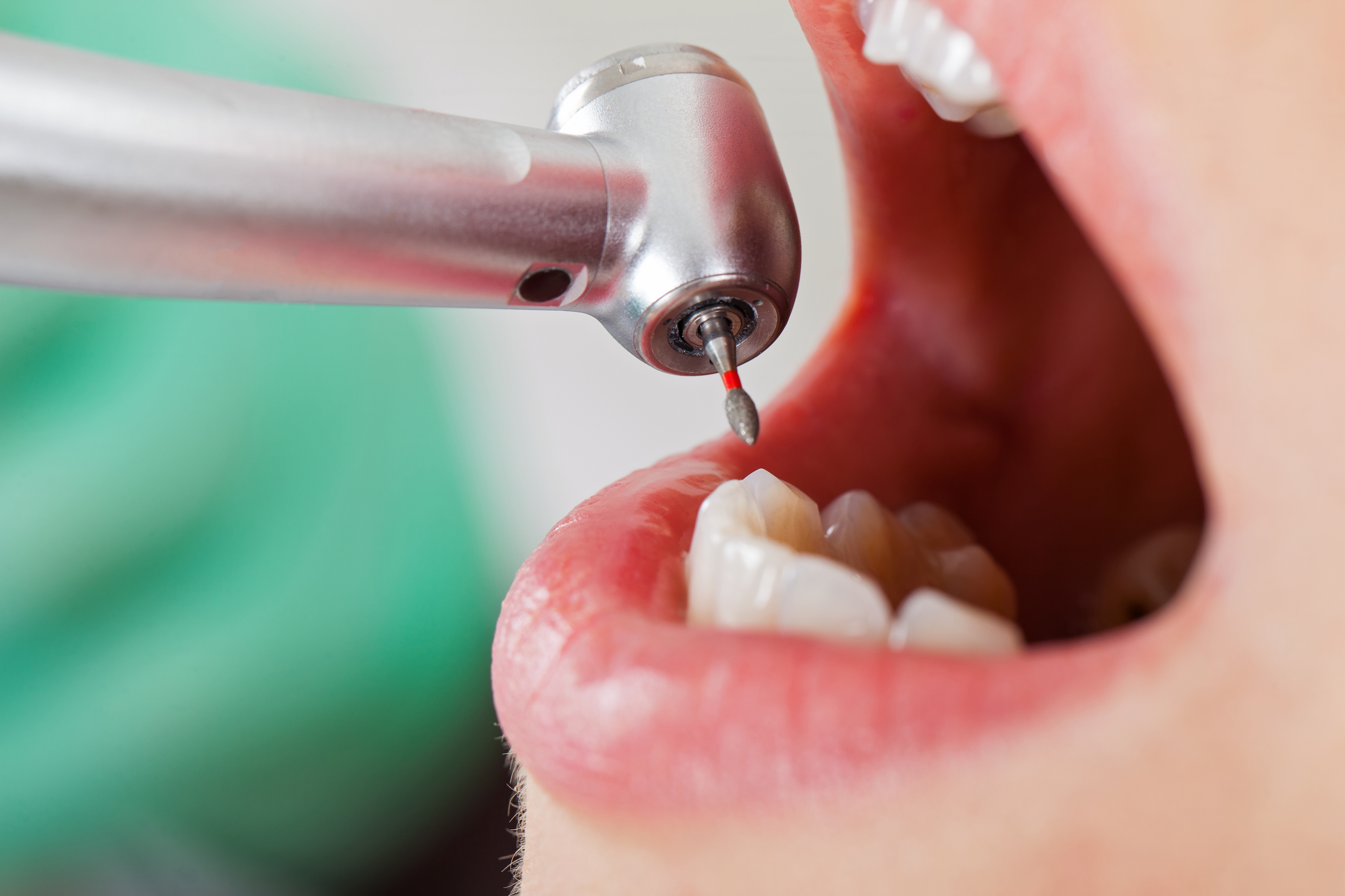CASE STUDY: Patient Aspirates Foreign Material During Dental Restoration Procedure
Case Details
The patient presented to Dr. J, a general dentist, for four uncomplicated restorations. After Dr. J obtained and reviewed the patient’s history and physical information and received appropriate informed consent to treat, she started the procedure. Shortly after entering the patient's oral cavity, the burr dislodged from the handpiece, struck the back of the patient's mouth, and the patient aspirated it.
The patient was having some respiratory distress, so the office contacted emergency medical services (EMS). At the local hospital, an X-ray indicated the burr was in the base of the patient’s lung. An otolaryngologist was unsuccessful in reaching the burr endoscopically; ultimately, a thoracic surgeon removed it.
A malpractice action was brought against Dr. J and the dental practice alleging negligent equipment maintenance. Because the case was determined to be indefensible, it was settled with a midrange payment on behalf of both defendants. As required by law, the payment was reported to the National Practitioner Data Bank and the state board of dentistry in Dr. J's name.
Discussion
Swallowing or aspirating foreign material during a dental procedure can potentially result in significant injury. In some instances, the foreign material can be a piece of tooth, a small piece of orthodontic wire, or a whole crown. In this particular case, the patient aspirated a burr that separated from the handpiece.
Generally, one of two factors can cause a separation. First, the handpiece or burr is defective in some way (or they do not interface properly). Thus, when the handpiece is operated, the burr separates from it. Second, the burr remains attached to the handpiece, but a portion of the burr breaks loose. These cases most often occur when single-use burrs are reused.
When a separation occurs, the burr can only land in one of four places: (1) outside the oral cavity (which can cause its own problems, but is not common); (2) in the soft tissue of the oral cavity where the burr can imbed (a dentist may be able to retrieve it, but if unsuccessful, an oral and maxillofacial surgeon or an otolaryngologist may need to do so); (3) in the digestive tract (after swallowing); or (4) in the lungs (after aspirating).
If the burr is swallowed, it must be evaluated whether the burr is likely to pass through the entire digestive tract and cause any damage, such as imbedding in or tearing any portion thereof. If there is not reasonable confidence that it will pass, it must be removed endoscopically as soon as possible. If the burr travels to the small bowel, it can no longer be scopically retrieved, and surgical removal will be necessary if it does not pass.
If the burr is aspirated, however, it cannot be expected to pass; therefore, it must be retrieved. If the burr is lodged in the upper portion of the lung, it often can be retrieved endoscopically; however, if it travels deeper into the lung, surgery is usually the only option.
If a separation does occur, the dentist should immediately stop the procedure. If the separated piece cannot be immediately located, the patient must be carefully evaluated. If the patient is suffering any respiratory distress, assume an aspiration has occurred and contact EMS to transport the patient to the hospital.
If no respiratory distress is evident, verify the location of the piece. The patient can proceed to an emergency department or urgent care center for a chest X-ray because ambulance transport is likely unnecessary. Unless the cause of the separation is clearly identified, the handpiece should not be used until a technician can evaluate it and clear it for further use.
Dentists can take these steps to minimize separation:
- Ensure that burrs and handpieces are compatible.
- Follow the manufacturer’s recommendations exactly.
- Do not reuse single-use burrs.
- Verify that the burr is securely seated before entering the oral cavity with the prepared handpiece. Be sure to operate the handpiece for a few moments to ensure that it is secure.
- Use high velocity suction.
- Use a dental dam if possible (potential for swallowing or aspiration is significantly reduced).
Summary
Dentistry will never be risk free, and dentists and their staff members should anticipate the potential for patient injury and take reasonable steps to minimize it. Proper equipment management is essential for safe patient care, and dental practices should develop policies for evaluating, testing, and maintaining the equipment they use. Further, dental practices should have policies for managing medical emergencies, such as the one that occurred in this case. Staff should receive training on emergency protocols so they can seamlessly execute plans if an emergency occurs.



